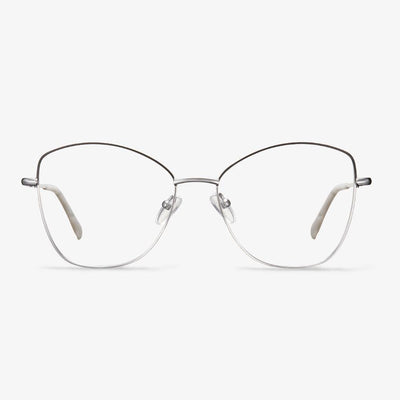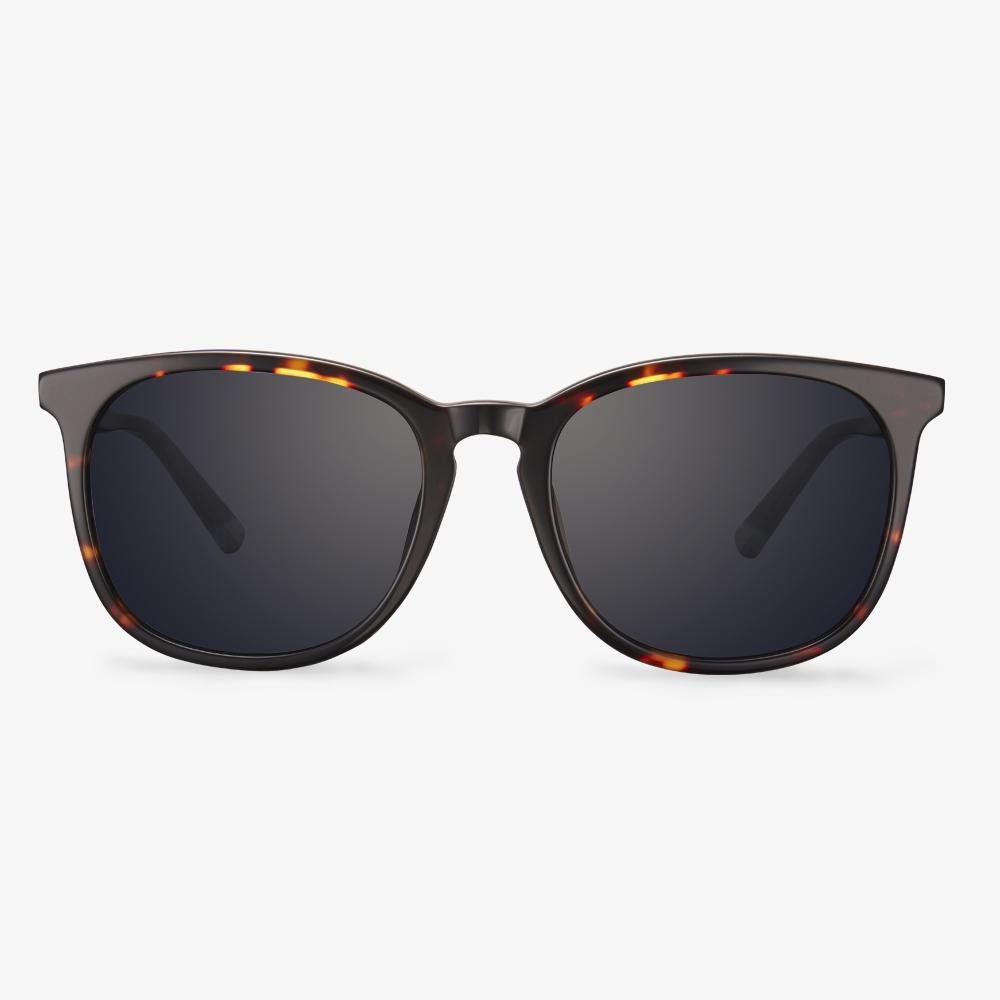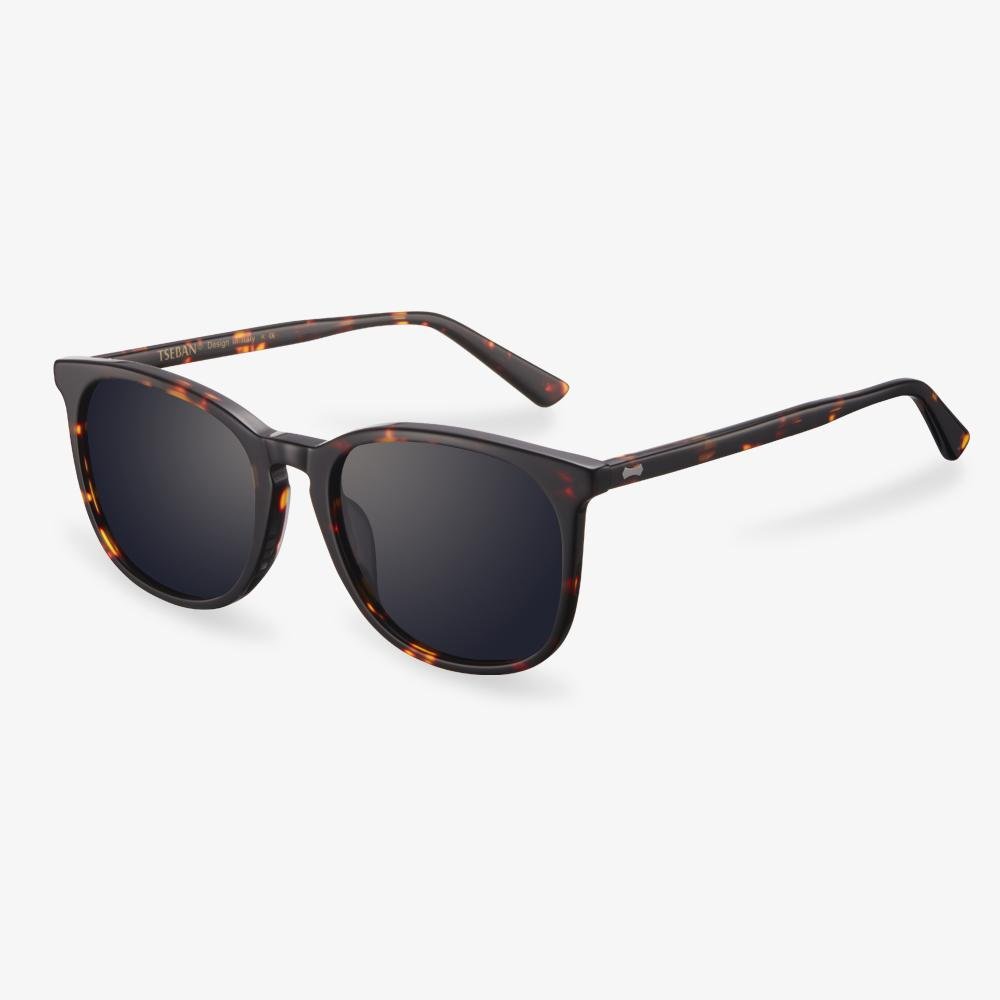How to clean the lenses?
When wiping lenses (especially the rimless glasses of resin lens), you must use a special wipe lens or soft handkerchief or paper. When you wipe the lens, you can only wipe it in one direction, not in circles, and don't touch the lens with your fingers. When the lens is stained with dust and sand, it should be washed with water before wiping, otherwise, the lens is likely to be abraded, and the operation should be gentle. At ordinary times, when cleaning, do not exert too much force, pay attention to the grasp of strength. When wiping the lens, it is best to take the side frame with one hand, and the other hand takes the glasses cloth to wipe gently. In order to prevent the lens film layer falls off, do not use alkaline detergent to wipe the lens. Therefore, when bathing or playing at the seaside, glasses should be properly kept to avoid water vapor or seawater caused by corrosion of glasses.
Is Anti Glare Worth It?
Is anti glare worth it? To answer this question, you need to know the benefits of the anti glare glasses first. Anti reflective coating and anti glare coating offer many benefits and are definitely worth the extra cost, especially if you find yourself bothered by glare. They can help you see better, look better and feel better.
Here, we will list some of the benefits of the anti reflective coating.
- They can improve your vision by reducing bothersome reflections and glare.
- They can also provide comfort during prolonged computer use as the glasses for computer use.
- They improve visual acuity by allowing more light to reach your eyes.
- They can reduce the effect and symptoms of digital eye strain.
- They make your eyes more visible behind your lenses.
- They provide less glare when driving at night.
So, is anti glare worth it? From the above information, you can find that anti glare glasses or anti reflective glasses are worth the cost.
How to buy plano lens?
You had better not buy off-the-shelf plano lens, buy by fixed matching, just like matching with myopic glasses. The price is much more expensive than the finished product. However, the quality of the finished glasses is not guaranteed, and the materials are also poor, which is not only not helpful to you, but harmful for a long time. There is no essential difference between degrees and workmanship technology for the lenses, what should choose is the brand lens film of the lens, and the transmittance of the lens, and the design technology of the lens, to buy a good lens (including smooth lens).
Why should children be more vigilant about harmful blue lights?
The amount of light transmitted to the retina through media such as the cornea, lens, and vitreous is age-related. Blue light poses the greatest risk and damage to the eyes during adolescence. As our eyes' refractive media naturally yellows, more blue light is absorbed, preventing it from reaching the retina. The lens transmittance of children under the age of 10 is more than six times higher than that of adults. It is important to prevent the damage of blue light to children's visual health.
What is a progressive lens?
Progressive multifocal lenses are lenses with different upper and lower powers for seeing far above and below for seeing near. The distance from the fixed far power above the lens to the near power fixed below the lens does not change suddenly, but a gradual transition between the two through the gradual change in refractive power. Compared with ordinary lenses, there are many advantages. The appearance of the lens is like a single vision lens, and the dividing line of the power change is not visible. Not only is the appearance beautiful, but more importantly, it protects the age privacy of the wearer, and there is no need to worry about revealing the age secret due to wearing glasses.
Since the change of the lens power is gradual, there will be no image jump. It is comfortable to wear and easy to adapt. So it is easy to be accepted. Because the degree is gradual, the replacement of the adjustment effect is gradually increased according to the shortening of the short distance. There is no adjustment fluctuation, and it is not easy to cause visual fatigue. Clear vision can be obtained at all distances in the visual range.
Such a pair of glasses meets the use of long-distance, near-use and various distances in the middle at the same time. It is especially good news for teachers, doctors, music workers, and computer operators, because these people not only need to see far and near objects clearly, but most of the time they also need to be able to see middle distance objects such as blackboards, piano scores, and computer screens. . This is not possible with any lens other than progressive lenses.
Persol
Founded by Giuseppe Ratti in 1917, Persol is a brand of glasses designed for pilots and race car drivers and is now known for its durable sports sunglasses. Persol is an Italian luxury eyewear brand specializing in the production of sunglasses and frames. It is one of the oldest eyewear companies in the world, originally catering to pilots and sports riders. Currently, the company sells durable sports sunglasses. Currently, all Persol plastic glasses are made in Italy using cellulose acetate. Persol has had an apparent influence in the sunglasses industry. It was Persol who pioneered the development of elastic frames.
The design evolution of progressive lenses
Spherical and aspheric designs
The design of the front surface of the far-use area of the early progressive lens is similar to that of the ordinary spherical single vision lenses, so it is called a spherical progressive lens. Since 1974, the front surface of the far-use region of the lens is designed to be aspheric by designers, which not only reduces the peripheral aberration but makes the lens thinner, lighter, and less powerful.
Hard and soft design
For hard design, the channel is short, and the gradient is large. The near-use area position is high. The effective visual area of remote and near-use areas was larger. Peripheral astigmatism is relatively concentrated. Because surrounding astigmatism increases rapidly and the distribution is dense, the curve effect is more obvious. The gradient area is narrow. It is more difficult and takes longer for wearers to adapt.
Lenses with soft designs have slower gradients, longer gradients, and wider gradients. The angle of rotation of the eye from the far area to the near area is greater. It's easier to get used to. Compared with the hard design, the effective visual area of the far and near use areas is smaller, and the location of the near use area is lower.
Single, diverse, and individualized design
Initially, the progressive lenses used a single design, in which each basic curve was scaled equally and a luminosity combination was added within the range of its semi-finished lens blanks. The steepest base curve uses the same lens design as the flattest base curve. Lenses designers quickly realized that the overall performance of the lens could be improved by microcustomizing the lens design, leading to progressive lenses with multiple designs. This kind of design is called diverse design. By the mid-1990s, there was the emergence of individualized lens designs. In addition to using different gradients, these first individualized lens designs used steeper baseline curves with a slightly larger approach area to compensate for increased magnification and reduced field of view.
Symmetrical and asymmetric design
There is no difference between the left and right eyes in the symmetrical design of progressive lenses. As the eyes turn inward when they see near objects, the gradual gradient area gradually tilts to the nasal side from top to bottom, so the left/right progressive lenses should be rotated clockwise/counterclockwise respectively during processing. An asymptotic lens with left and right eye divisions is called an asymmetric design. The gradient is gradually and moderately inclined to the nasal side from top to bottom. The refractive force, astigmatism, and vertical prism of the two sides of the left and right gradient of the asymmetric design lenses are basically similar. At the same time, considering the characteristics of eye movement parameters in binocular vision, the peripheral aberrations of the corresponding positions of the left and right lenses were appropriately balanced to improve the visual effect of the wearer.



















































